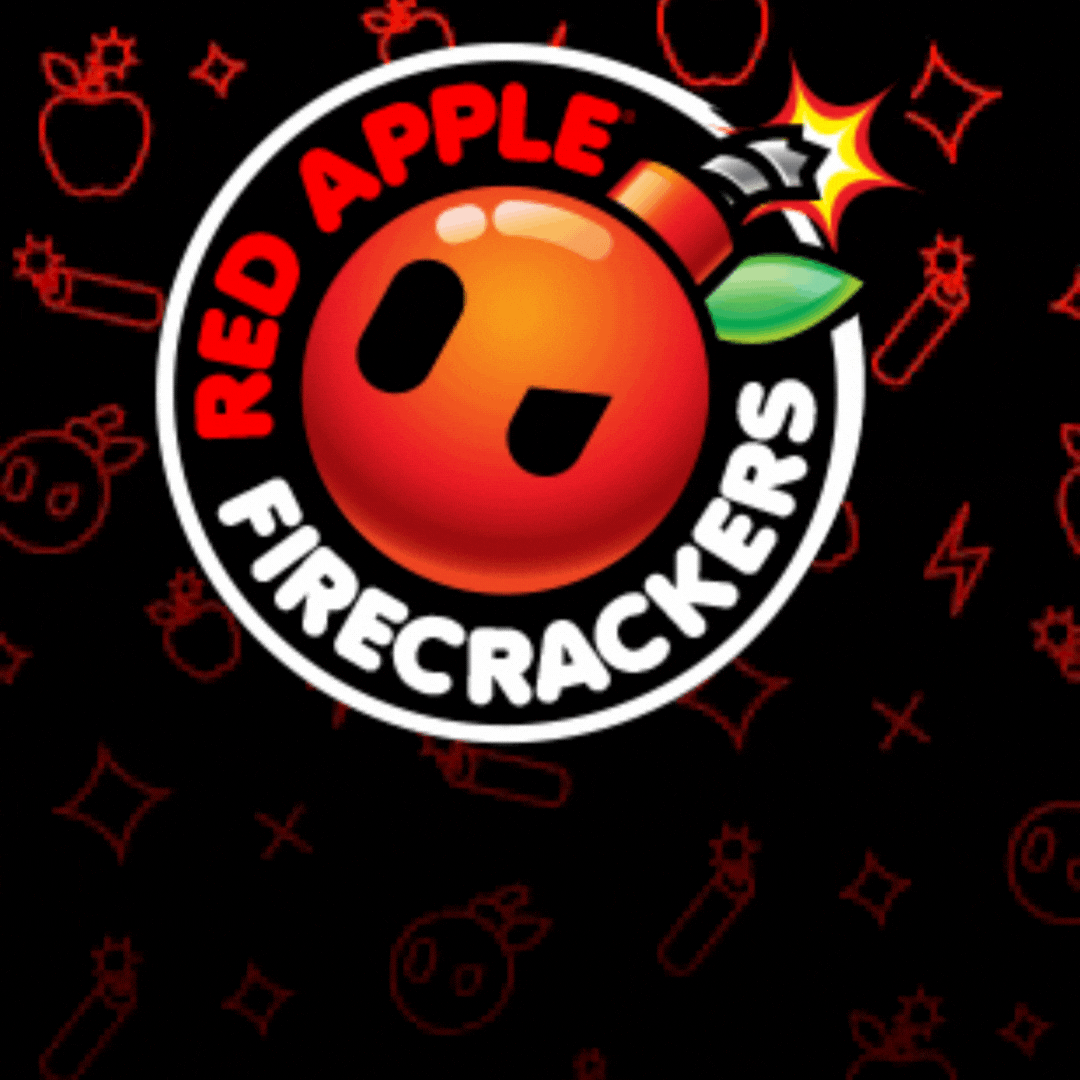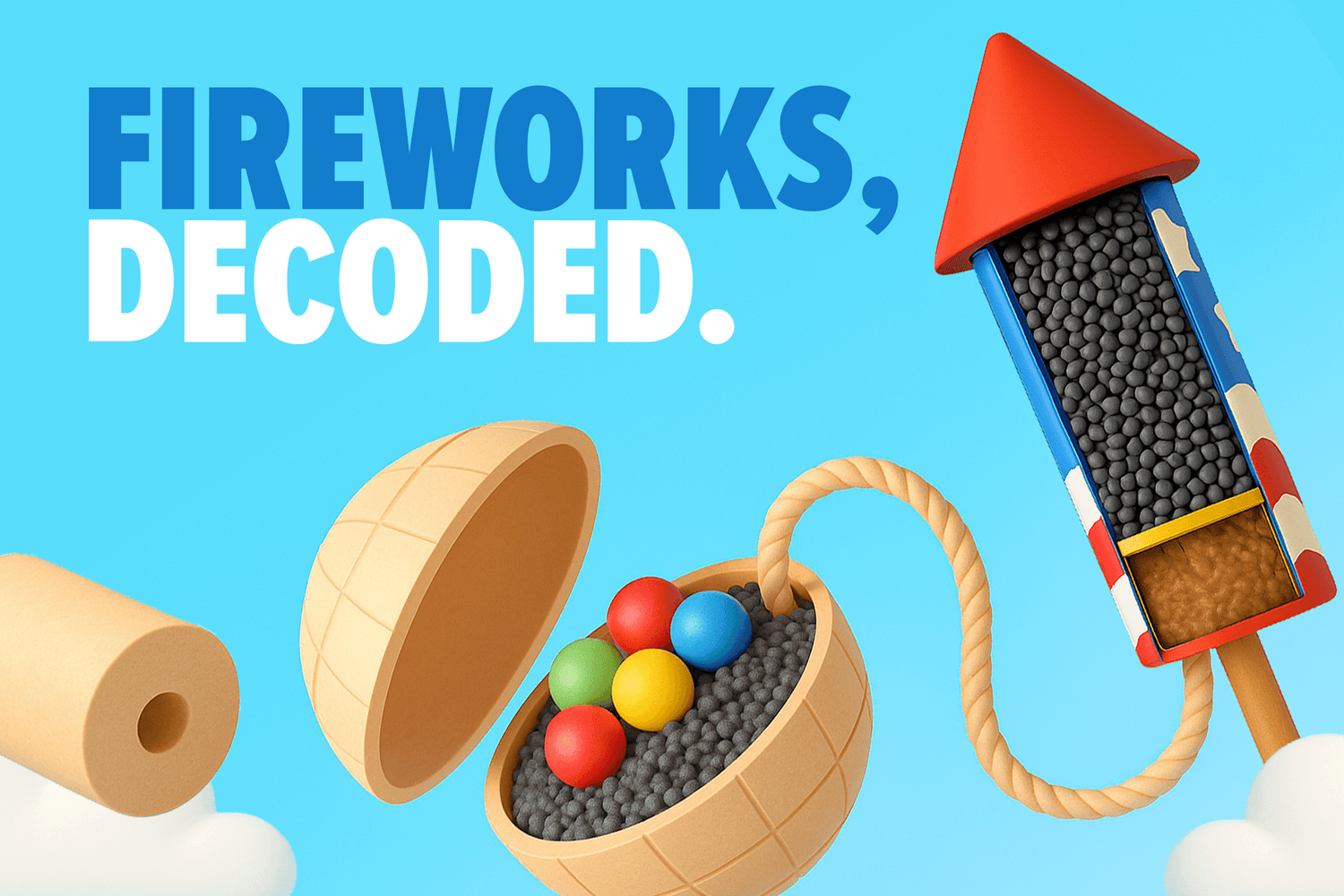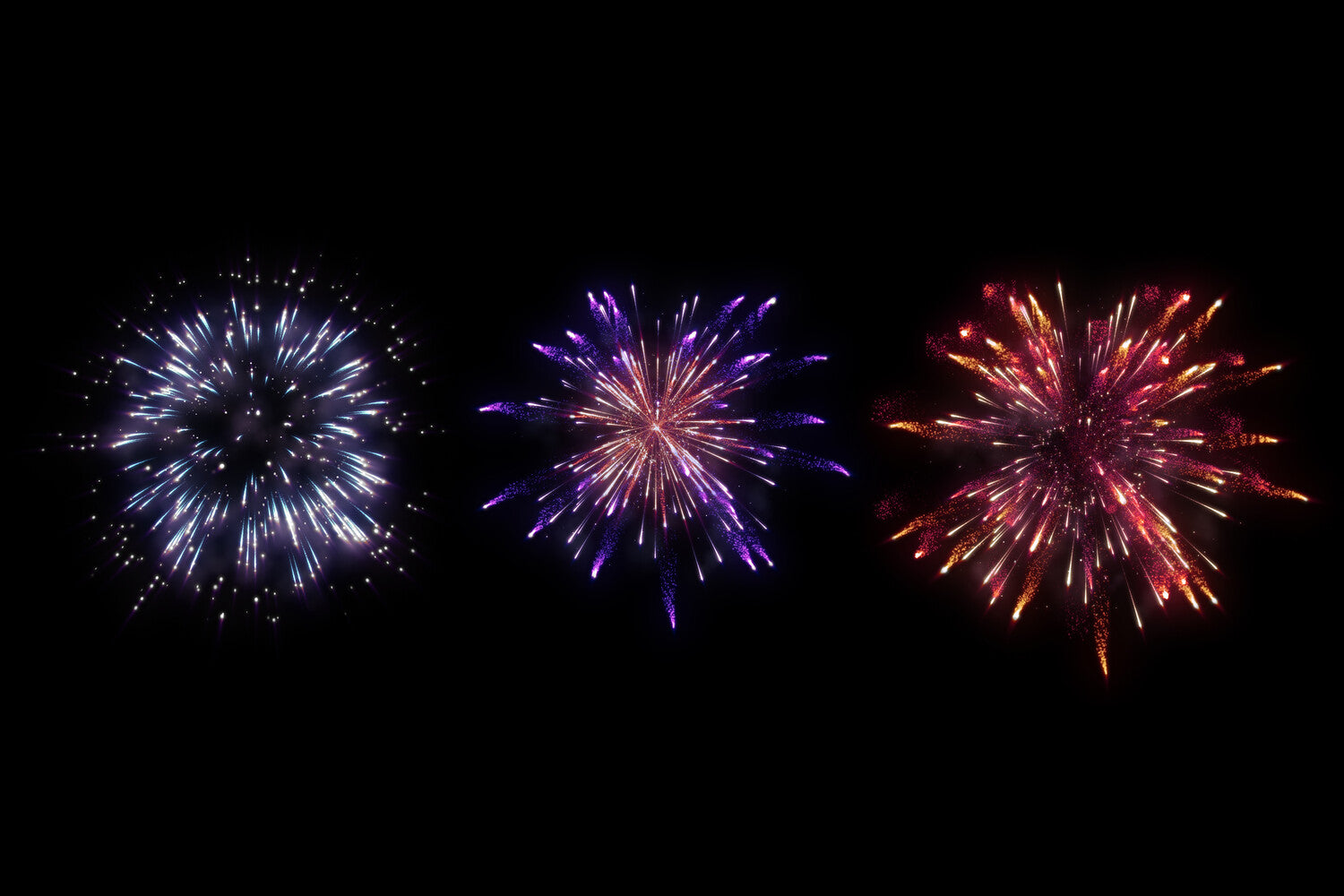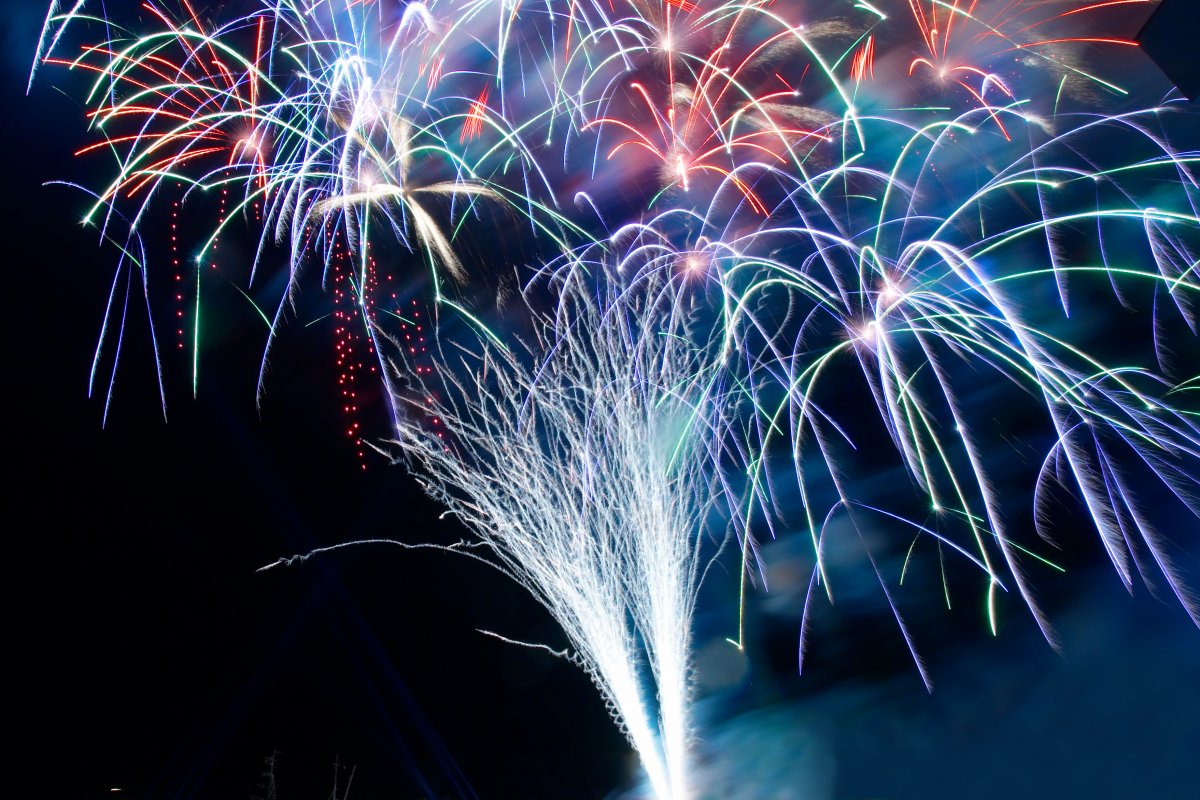Every dazzling firework show—from Fourth of July celebrations to wedding receptions—starts with carefully engineered components.
Whether you're a DIY fireworks enthusiast, a family excited for backyard fun, or an event planner organizing a major celebration, understanding what are the component parts of modern fireworks makes your fireworks experience safer, smarter, and way more exciting!
At Red Apple Fireworks, we're breaking down the details behind the vibrant explosions you love so much. So, let's dive in!
What this article covers:
- The Key Components of Fireworks
- The Science Behind Fireworks
- Creating Colors in Fireworks
- The Manufacturing Process of Fireworks
- Environmental Impact of Fireworks
The Key Components of Fireworks
Modern fireworks aren't just flashy—they’re precision-crafted devices with distinct parts, each playing a crucial role in delivering the spectacular sights and sounds we all enjoy.
Understanding these parts helps DIY enthusiasts and families appreciate fireworks even more.
The shell is the main casing, typically made from cardboard or plastic. It houses all the critical components, including the lift charge, break charge, stars, and fuses.
It’s strong enough to contain explosive forces until ignition but designed to break apart cleanly in midair to release color and effects.
The fuse is the ignition source—usually made from treated string or paper infused with black powder.
It’s engineered to burn at a precise rate, giving you time to safely back away and ensuring the firework launches and bursts exactly as planned.
The timing of the fuse directly affects how long do fireworks last and when each effect will appear in the sky.
Together, the shell and fuse form the backbone of modern fireworks, delivering predictable, synchronized, and unforgettable performances for every kind of celebration—from backyard family parties to large-scale professional shows.
The Shell and Fuse
Every firework has two essential parts: the shell and the fuse. The shell is the outer casing, usually made of cardboard or plastic, containing all the explosive magic.
It's strong enough to contain everything safely until ignition, yet designed to burst perfectly at altitude. The fuse, often a treated string, is the ignition lifeline—timed precisely to ensure fireworks explode exactly when intended.

The Science Behind Fireworks
Every firework relies on intricate chemical reactions. To understand what exactly is a firework, you need to appreciate the chemistry at play.
How Fireworks Create Explosive Reactions
What exactly is a firework? At its core, it's a precisely engineered chemical device built to deliver thrilling effects.
Fireworks explode due to a series of rapid chemical reactions between fuel, oxidizers, and accelerants.
Black powder—typically a mix of potassium nitrate (oxidizer), charcoal (fuel), and sulfur (accelerant)—ignites quickly, producing intense heat and rapidly expanding gases.
This reaction creates the explosive lift and burst we see and hear. The process begins when the fuse lights the lift charge, launching the firework skyward, and continues as internal fuses trigger the break charge at just the right moment for a spectacular display.
Creating Colors in Fireworks
Colors are crucial to fireworks' excitement. But where do those vibrant colors come from?
The Role of Metal Salts in Color Production
Metal salts are the secret to vibrant firework colors. When heated, each metal salt produces a unique color.
Strontium salts produce brilliant reds, copper compounds create deep blues, and barium chloride creates dazzling greens.
Each chemical is precisely measured and carefully blended into small pellets called "stars," creating vivid, consistent colors every time.
How Different Chemicals Produce Specific Colors
Chemical compounds determine firework colors: calcium creates bright orange hues, sodium gives golden-yellow glows, and magnesium or aluminum generates bright white sparks.
Careful mixing of these compounds ensures consistent, vibrant, and captivating displays every time. At Red Apple Fireworks, our experts use premium quality chemicals for vivid, reliable color effects..

The Manufacturing Process of Fireworks
Manufacturing fireworks requires precision, expertise, and safety.
At Red Apple Fireworks, skilled technicians meticulously measure chemicals, assemble shells, and test each batch for quality assurance.
Every firework is crafted with safety, reliability, and visual impact as top priorities, allowing families and event planners to celebrate confidently.
Environmental Impact of Fireworks
Fireworks can impact the environment, making responsible use crucial. To minimize environmental impact, use high-quality, low-smoke options from trusted providers like Red Apple Fireworks.
After celebrations, always clean up debris responsibly, respecting local regulations and neighbors. Proper storage and disposal help keep your celebrations safe and eco-friendly.
Conclusion
Understanding what are the component parts of modern fireworks transforms your fireworks experience.
From DIY enthusiasts to families and event planners, everyone benefits from knowing how fireworks function, what influences their performance, and how to handle them responsibly.
Red Apple Fireworks proudly provides reliable, safe, and spectacular fireworks for every celebration.
Ready to experience fireworks excellence firsthand? Visit Red Apple Fireworks online or in-store, and discover how our top-quality fireworks make every event unforgettable!
If you want to learn more, check out these articles below:
- Can You Do Fireworks in the Rain
- What Causes Fireworks
- How Long Do Fireworks Last
- When Were Fireworks Invented?
- First American Fireworks
- Facts About Fireworks
- Why Do Celebrate with Fireworks?
- How Do Fireworks Get Their Color?
- What Element Makes Purple Fireworks?
- What Element Will Give Fireworks Their Yellow Color?
- What Chemicals Are Used in Fireworks?
- What Minerals Are Used to Make Gold Sparks Fireworks?
- What Three Processes Cause Fireworks to Emit Light?
- What Problem Occurs If the Firework Mixture Is Not Pure?
- How Are Fireworks Made?
- Where Are Fireworks Made?












Leave a comment
All comments are moderated before being published.
This site is protected by hCaptcha and the hCaptcha Privacy Policy and Terms of Service apply.